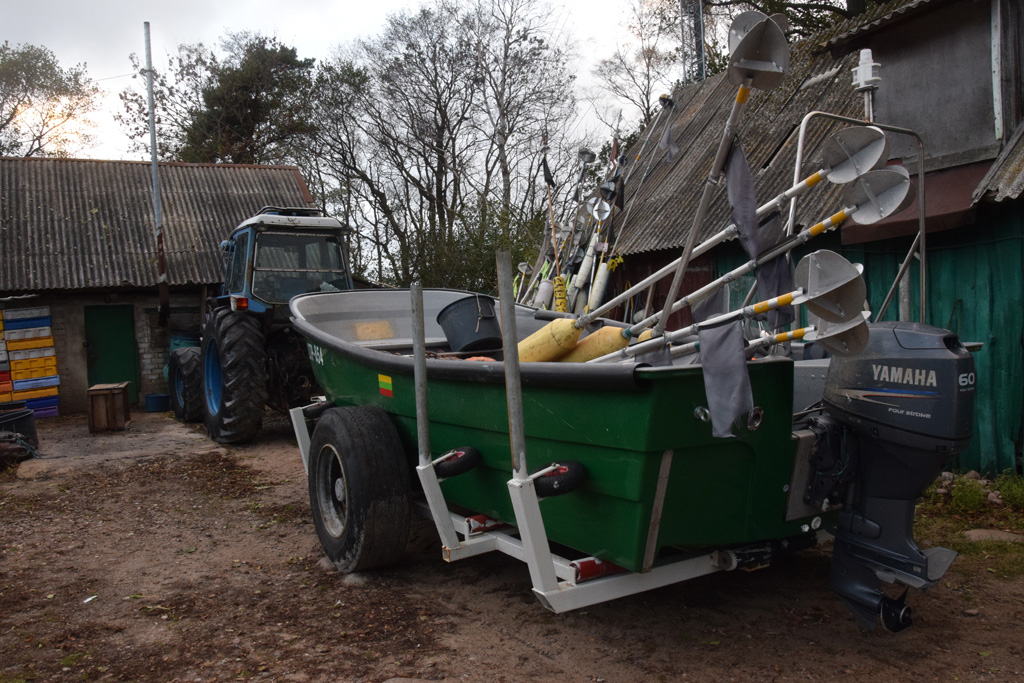Case Study
Facilitating sustainability of nearshore fisheries in marine protected areas by integrated approach and communication
Contact name
Aiste Jurkiene
Institution name
EUCC Baltic Office
Region & country
Samogitia - Lithuania
Summary
In 2014, some local fishermen fishing in the nearshore of the Baltic Sea, which is a marine reserve and a NATURA 2000 site, took an initiative to build a fishing harbor on the Baltic Sea coast, which is prone to coastal erosion due to its geology and exposure to westerly winds. The harbor would have also increased a negative impact from gill nets on the nearshore seal and wintering bird populations. After evaluating the needs of the fishermen and the marine nature conservation needs, EUCC Baltic Office has suggested a compromise: to abandon the plans for building a fishing harbor.

Background of the project
The harbor would have also increased a negative impact from gill nets on the nearshore seal and wintering bird populations. EUCC Baltic Office staff and experts work actively with the Seaside Regional Park Administration and local fishermen explaining the environmental risks of their plans. After evaluating the needs of the fishermen and the marine nature conservation needs, EUCC Baltic Office has suggested a compromise: to abandon the plans for building a fishing harbor.
The amount of financial resources used and the human resources required to set up and to run the practice was within the range of 2000 € to 5000 € co-financed by the IMPACT project and the State Service of Protected Areas of Lithuania.
Solution and actions taken
EUCC Baltic Office has succeeded in convincing local fishermen as the key interest group, on the gradual replacement of commercial fisheries with angling services which could provide them with higher income and this served as the main motivation to change their mind.
Round table discussions and negotiations among the stakeholders, also, the role of the municipal council, which has rejected the plans to construct a large harbour on the coast, was pivotal for the success of the practice.
Other institutions or parties involved
- Administrations of all 3 State parks;
- Karkle Communities;
- Department of Protected Areas under the Ministry of Environment;
- Kretingale Eldership;
- Neringa Municipality;
- etc…
Results
The good practice is in the search and delivery of a win-win conflict resolution concerning a priority issue of Lithuania’s environmental policy in relation to the EU Strategy for the Baltic Sea Region.
Challenges
No difficulties were found in solving the issues.
Lessons learned
The main lesson learned during the implementation of the practice is that the key to success is in active involvement of the local community, the administration of the protected area, and the council of local municipality.